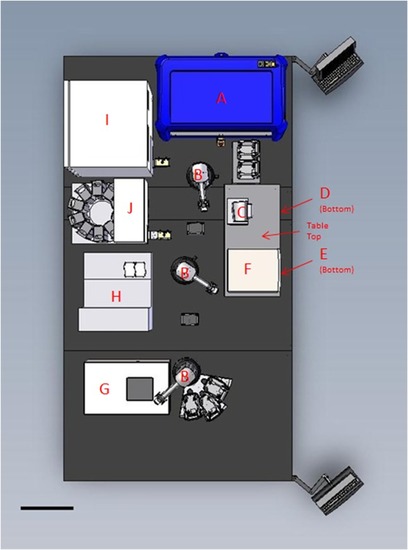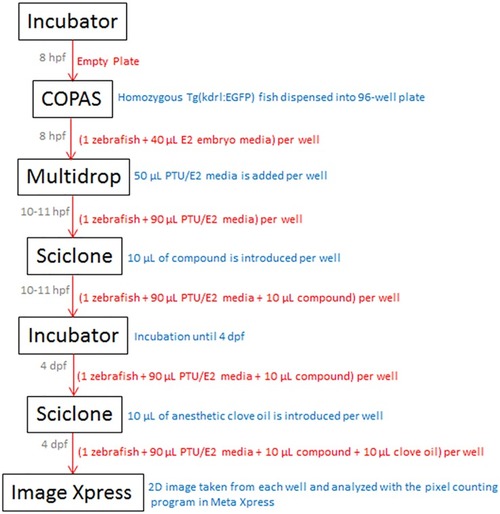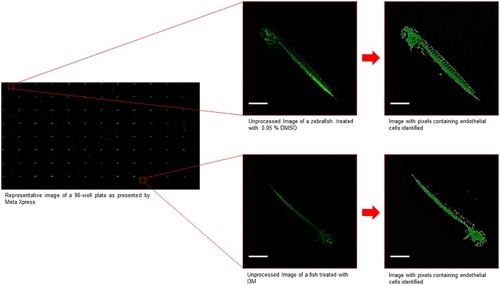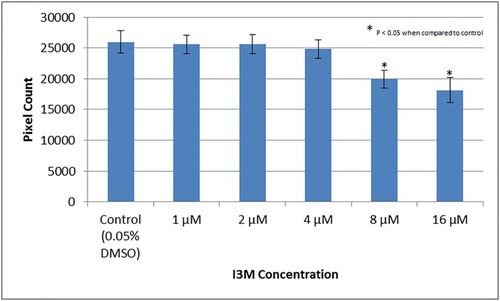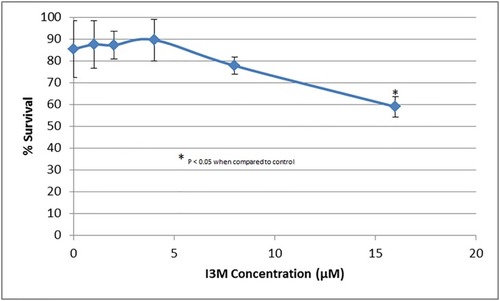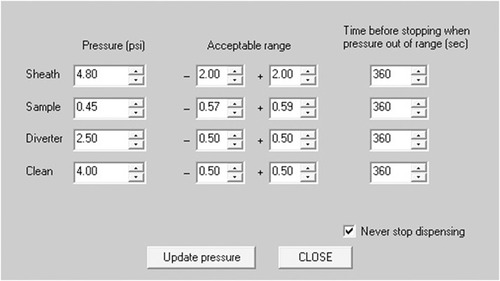- Title
-
Protocol development for discovery of angiogenesis inhibitors via automated methods using zebrafish
- Authors
- Mauro, A., Ng, R., Li, J.Y., Guan, R., Wang, Y., Singh, K.K., Wen, X.Y.
- Source
- Full text @ PLoS One
|
|
|
Grey font: time of plate movement. Red font: contents of plate while in transit between devices. Blue font: action taken at device. |
|
The image on the left is a composite of 2D images from each of the wells of a 96-well plate as presented by MetaXpress. The images on the right are blown up unprocessed and processed images from a well with 0.05% DMSO (negative control) and a well with 8 μM I3M (angiogenesis inhibitor). Scale bar is 700 μm. |
|
Tg(kdrl:EGFP) zebrafish were treated with 0.05% DMSO and compared to Tg(kdrl:EGFP) zebrafish treated with various concentrations of I3M to validate protocol. The experiment was repeated in triplicate. The error bars represent the standard deviation of the means from the three experiments. |
|
The experiment was repeated in triplicate. The error bars represent the standard deviation of the survival percentage from the three experiments. |
|
The “Never stop dispensing” box is checked so that dispensing does not stop due to the assigned pressures falling out of the default range. |

